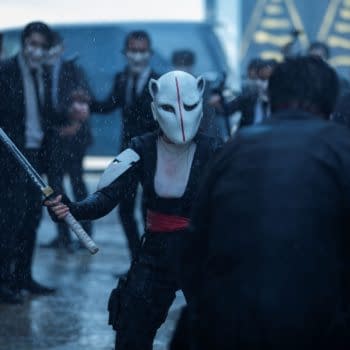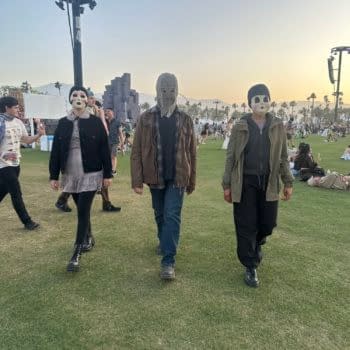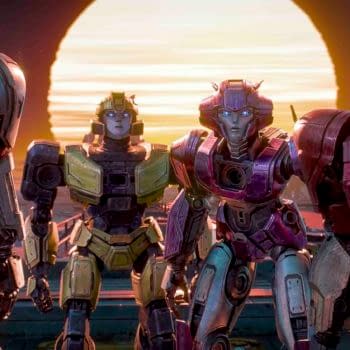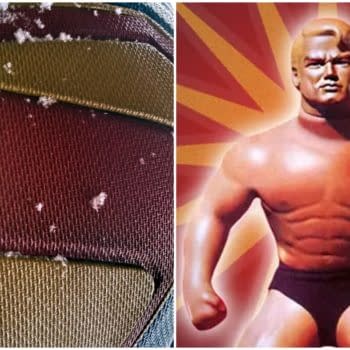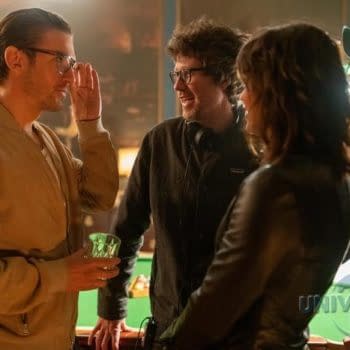Posted in: Movies | Tagged: flim, rogue one, sfx, star wars
Rogue One's Contribution To CGI's Faux-Actor Evolution
Rogue One's use of the character of Grand Moff Tarkin, as played by Peter Cushing is an impressive next step in the use of CGI to allow filmmakers to be able to utilize actors who have either passed away, or need to be shown at a far younger age. In Cushing's case, he had died back in '94, which left filmmakers with only a few options: not use the character at all, to recast, or to utilize special effects to see how far through the uncanny valley the industry has progressed.
The uncanny valley reference has a general meaning of: The phenomenon whereby a computer-generated figure bearing a near-identical resemblance to a human arouses a sense of unease in the person viewing it. At hand is the strange effect of – as we get closer to being able to visually recreate a human, the more a viewer becomes aware that something isn't quite kosher about it. To the psyche what that means is that it's often more comfortable to watch the humans in Sausage Party, than it is to see them in something like 2001 Final Fantasy: The Spirits Within.
ILM's recreation of Tarkin is another step in that evolution, in fact it's several steps further along than we had last seen in Tron: Legacy. It's not perfect, but it's another step towards getting it right. It's been done before, to varying degrees of success, and as with most technology – the more times it's attempted, the more resources go into it and the further along it advances. It's not really a question of if, but rather of when, that we'll finally have a performance that will pass a Turing test with an audience.
It's true that it winds up opening a host of questions around when to use such a technology. With the current studio penchant to stick with known quantities, they may decide to use bankable movie stars indefinitely, rather than giving opportunities to try new blood. Ageism in film is only behind diversity and sexism the biggest social challenges in in Hollywood; hiving a studio the ability to keep an actress forever young might keep the actress employed, but it does nothing to raise the bar of the casting ages of those who appear on-screen. It's one thing to have a storyline which needs a actor to play an older and younger version of themselves in a single film, but another to give the ability to skip the reasons to have them at their natural age at all.
Not to mention that it would then cause all manner of challenges around who to credit for performances; in the case of someone like Andy Serkis who has their entire facial performance mapped into the resulting character as he does in the Apes films it's relatively straightforward. However, in the case of someone like Tarkin where the expressions, voice and movements were generated in post-production – who gets the credit for the performance then? Should he get an IMDB entry?
Yes, it does evoke the whole "slippery slope" fears (note: I generally loathe that phrase because of its overuse), but in this situation where studios are already known to use any excuse to get away with shafting actors might get taken advantage of.
These pseudo-ethical questions have been floating around for decades, but never really yet been tackled. Perhaps the reason is that there haven't been that many cases of it being used, and in most instances it's been where the actor has died mid-production. But now that we've had another tentpole feature use it for an actor in a substantial role more than 20 years after their passing, perhaps it's time to give it a long consideration on ramifications before we get too much further.
Here's a rundown of time of the past times where an actor has been used in film, either after their deaths, or to greatly change their age:
Brandon Lee in The Crow (1994)
So while it's not CGI in the same vein of other actors in this list, it's still a time when the production had to deal with the tragic death of Brandon Lee near the very end of filming. Rather than scrap the film, they used a combination of using footage shot previously and masking the actor into a new scene, along with adding Brandon's face over a body double in a brief shot.
Oliver Reed in Gladiator (2000)
During a break from shooting, Reed passed away from a heart attack. Unfortunately he hadn't completed several important scenes. The film's producers decided to use CGI to map his face onto a double. Several scenes have him in dark lighting or from the back, but in a few cases like the image above, it's the actor's face superimposed over the double. In both of the above cases the technique is using real face footage and adapting it over the double's own features. The blending and color matching is the main challenge in these attempts.
Nancy Marchand in The Sopranos Season 3 (2001)
In the critically acclaimed HBO series The Sopranos, Nancy Marchand (who played Tony Soprano's vicious mother-in-law, Livia) passed away during the series due to lung cancer.
This time the crew had a few seasons worth of footage to work with, so they figured they would be able to make a more robust "mask" for a double. So while they had more footage, they had less of a special effects production budget and the CGI mask failed to blend very well and the archived audio clips they chose for her dialogue didn't quite fit the scene. But at least the audience got to have some kind of a final scene.
Lawrence Olivier in Sky Captain and the World of Tomorrow (2004)
In Sky Captain, the film's star, Jude Law, said, "filmmakers chose to go with Olivier because few actors — alive or dead — carried the fearsome weight of the famed British actor." The production recorded new dialogue by another actor and used archive footage of Olivier to create a new character – the evil hologram, Dr. Totenkopf.
Roy Scheider in Iron Cross (2009)
Yes, we know it's a godawful movie and truly a double tragedy – not only in losing Scheider, but also that his last film had to be this hot mess. When he passed away, leaving the film unfinished, the production team pulled out the face-over the double approach. The point in including his entry in this list, is that this technique to fill in gaps is accessible even to productions with relatively nominal budgets.
Note that not all countries have laws on the books regarding the use of likenesses of actors once they have passed away, so what's to keep an indie film from using any of the classic stars from regions without the restrictions – only limited by what their budgets can afford.
Jeff Bridges in Tron: Legacy (2010)
In the case of Bridges, who is very much alive and well, the studio still had full access to the actor. However the story of Legacy was such that they needed to have scenes with him as his 1982 self. Working with Digital Domain, Walt Disney was able to have the same actor playing two versions of himself – just with 28 years between them. It's always been true in film that it's far easier to age an actor (since we also don't know what they'll look like in 20+ years, effects wizards can just do general age makeup), then to make them younger.
While the result was imperfect and rather glaringly so, it was the most interactive of a CGI overlay that we'd had to date. This was also one of the first times that we had a full computer-rendered head mapping over the actor, rather than manipulated archive footage.
Audrey Hepburn in Galaxy chocolate ad (2014)
https://www.youtube.com/watch?v=gx9eDoS76LM
The Galaxy chocolate ad took the Legacy approach a step further by combining footage from not one but two body doubles (one for the body, and the other for her facial movements and bone structure) along with creating a full CGI model head. The VFX team had just come off of making Gravity with Sandra Bullock so they had just been improving on techniques for smoother attachments of head to a double's body.
Their remaining challenge was to make the model's head more imperfect. Mike McGee at the time had said:
Skin, eyes and facial hair are just too "perfect" when rendered through a computer. Crucial human subtleties, like the flicker of an eye, can also look robotic when computer-generated.
Using more than 60 tracking points on the face model's face, they were able to work in all the subtle nuances of the scene to create the effect and bring back Hepburn 19 years after her passing.
Paul Walker in Furious 7 (2015)
When Walker died tragically in a car crash, production was only about halfway complete on the seventh installment in the wildly successful Fast & Furious franchise. His role was in about 40% of the overall scenes. The production was halted while writers scrambled to rewrite the story to restructure the film to rely less on his character. However the team decided to have a sendoff scene where the actor's face was digitally superimposed over this brother, Caleb Walker.
Director James Wan told the press at a special preview of the film:
We knew that farewell send-off was the biggest thing for us. We knew we had to push forward – not for the sake of finishing the movie, but for Paul. Everything we did – every idea, every edit and every concept – was about creating an ending that was a fitting and honorable farewell to Paul's character and his legacy.












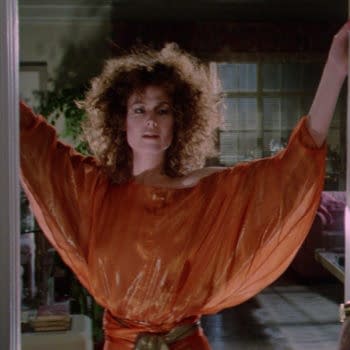

!['Rocketman' Soars With Warts and All Elton John Story [Review]](https://mlpnk72yciwc.i.optimole.com/cqhiHLc.IIZS~2ef73/w:350/h:350/q:75/rt:fill/g:ce/https://bleedingcool.com/wp-content/uploads/2019/01/rocketman.3-350x350.jpg)
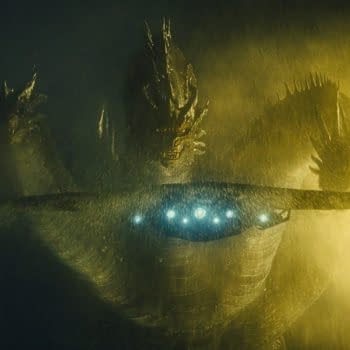

!['Aladdin' Gets its Wish of Being Enjoyable, Even if it Can't Escape its Origins [Review]](https://mlpnk72yciwc.i.optimole.com/cqhiHLc.IIZS~2ef73/w:350/h:350/q:75/rt:fill/g:ce/https://bleedingcool.com/wp-content/uploads/2019/05/aladdin.genie_-350x350.jpg)
